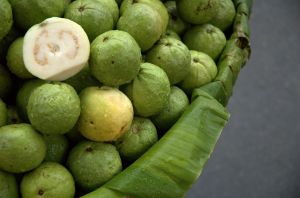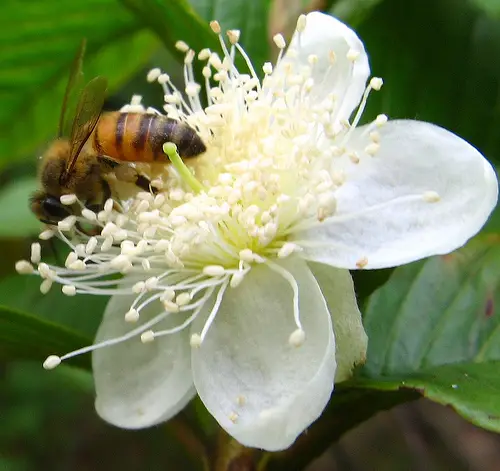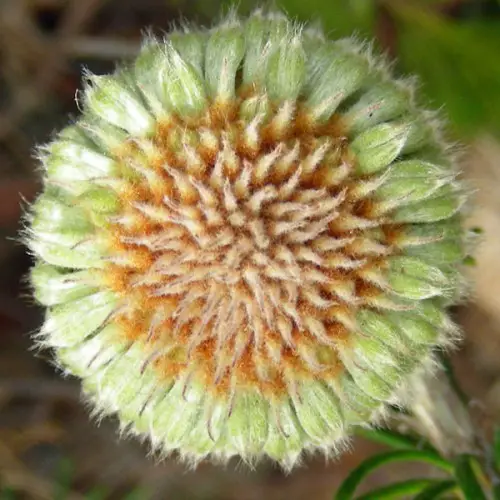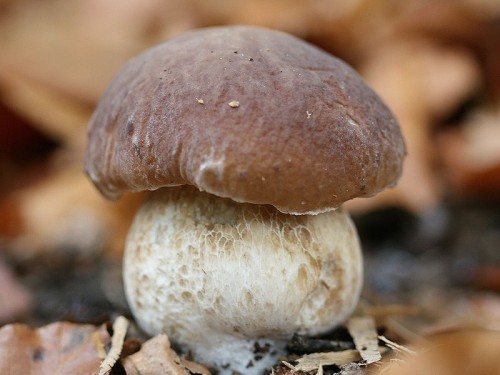Guava
Part of the myrtle family is a plant called guava. There are 100 species of guavas n the world, and they consist of small trees and shrubs found in the tropics. Guavas are native to South America, Central America, and Mexico. They are also now naturalised and grown in many sub-tropical and tropical areas such as Florida, Africa, Southeast Asia, and the Caribbean. However, the most well known guava is the Apple Guava.
Regardless of whether you are referring to a guava tree or a shrub, they have a few similar characteristics. Their leaves are tough and dark, and are 5 to 15 cm long. Their flowers are white in colour, have 5 petals, and a number of stamens.
Mature trees of this species are cold-hardy. They can survive as low as 5°C for a short period of time. However, younger plants will not survive. They are grown in northern Pakistan, where it can be 5°C or lower during the night time.
Guavas are grown for their fruit, and some guava species such as Apple Guava are grown for commercial purposes. The fruit is round or oval, depending on the species. It is usually between 4 – 12 cm long. The outer skin of the guava fruit is rough, and can be either soft and sweet or bitter. The thickness of the skin depends on the species. However, regardless of what species it is, it will be green before maturity, and then turn either maroon, yellow, or another shade of green when it becomes ripe. Guava fruit have a pronounced fragrance. It smells similar to lemon rind. The pulp of the fruit is sweet or sour, and can be from off-white to deep pink in colour.
There are several uses for the guava species. In Hawaii, guava wood is used to smoke meat. It is also used in barbecue competitions around the USA. Guava leaves are used in barbecues as it provides a smoked scent and flavouring to the meat.
In Hawaii, the the guava is eaten with vinegar and soy sauce. In India and Pakistan, the fruit is eaten raw but it cut into quarters and a dash of salt, pepper, and sometimes masala or cayenne powder is added. Alternatively, they sprinkle the guava with red rock salt. In other parts of Asia, it is used in desserts such as fruit salads or it is dipped in salt or preserved prune powder.
Guavas have a high level of pectin. As a result, guavas are used to make aguas frescas, juice, marmalade, jams, jellies, preserves, and candies. Guava juice is quite popular in Mexico, Egypt, South Africa, Puerto Rico, Cuba, and Colombia.
Since the 1950’s, the guava and its leaves have been involved in scientific resarch. Most of this research is done on apple guavas, and research has shown that apple guava leaves or bark extracts can be used against bacterial infections, cancer, pain, and inflammation. Essential oils from the leaves show promise in in-vitro anti-cancer activity.
In folk medicine, they have traditionally been used as a diarrhea remedy. The bark is thought to have anti-microbial properties in folk medicnie as well. The bark and leaves are used to treat diabetes. In addition, Trinidadians make a tea from the young leaves of a guava tree or shrub to treat fever, dysentry, and diarrhea.




